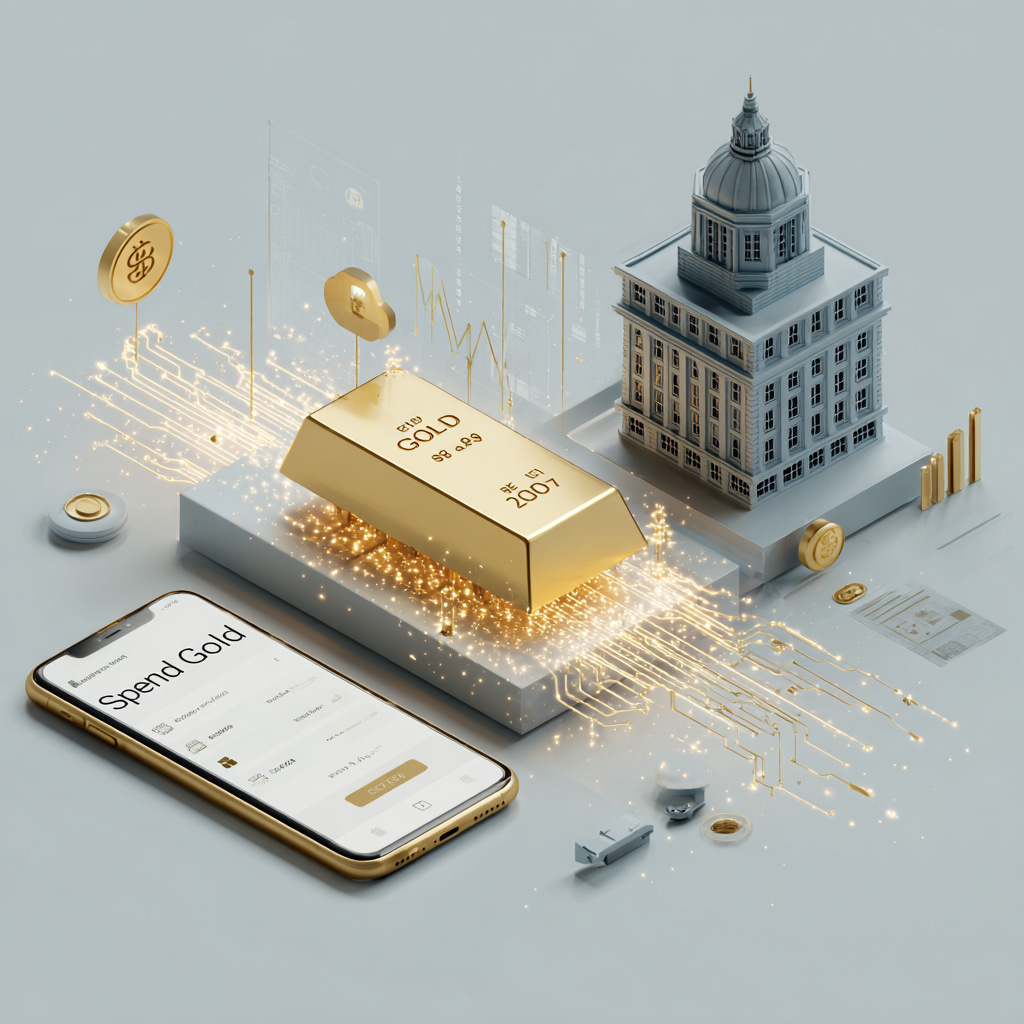The Monetary Arms Race: Gold, Fusion & Stablecoins Redefine “Safe” Assets
When gold is radioactive and you can transfer it through an app...
Keep reading with a 7-day free trial
Subscribe to MacroMashup to keep reading this post and get 7 days of free access to the full post archives.


